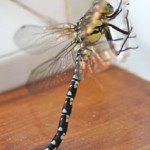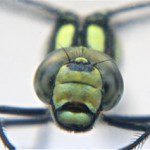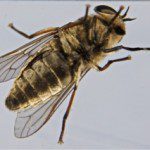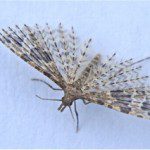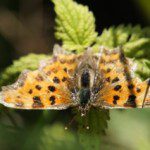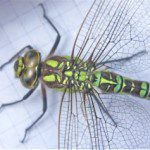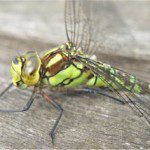In the past few days you may have spotted the news that a 13-spot ladybird, previously though extinct, was discovered here in the Axe Estuary in the wetlands at Seaton recently.
The 13-spot ladybird, also known as Hippodamia 13-punctata, was considered extinct in the UK from the early fifties.
It was discovered by a student who was in the area as part of a widespread effort to categorise and survey the Axe estuary. According to James Chubb of East Devon District Council, the find was an example of “the amazing diversity of wildlife to be found on the wetlands.”
Although buglife.org.uk refers to the Axe estuary and surrounding area as “a sleepy corner of Devon” (which many locals would not whole-heartedly agree with!) they are quite right to get excited about another interesting local find, adding the following for those who might wish to keep an eye out for the 13-spot ladybird:
“The 13-spot ladybird has a similar pattern to the familiar 7-spot ladybird, with between 7 and 15 black spots on a background of orange-red. It’s smaller than a 7-spot ladybird, as well as being longer and thinner, more teardrop-shaped than round.”
We normally hearmore about birds and dragonflies here but the discovery (or re-discovery) of the 13-spot butterfly is great news for conservationists not just in Devon but in the UK as a whole, in fact one of the comments in the Planet Earth Online write-up of the story suggest this rare butterfly is already being found in the North of England!
Please let us know if you spot this creature around Devon!

